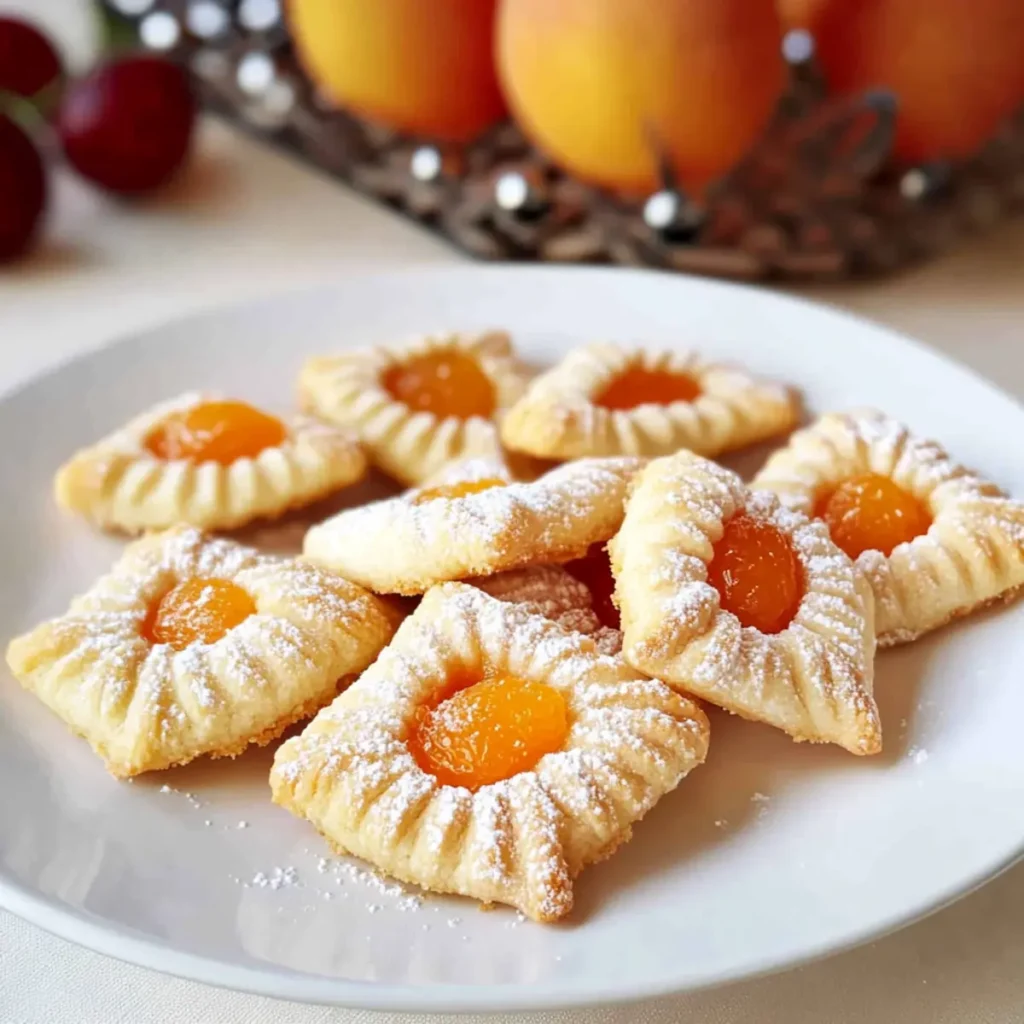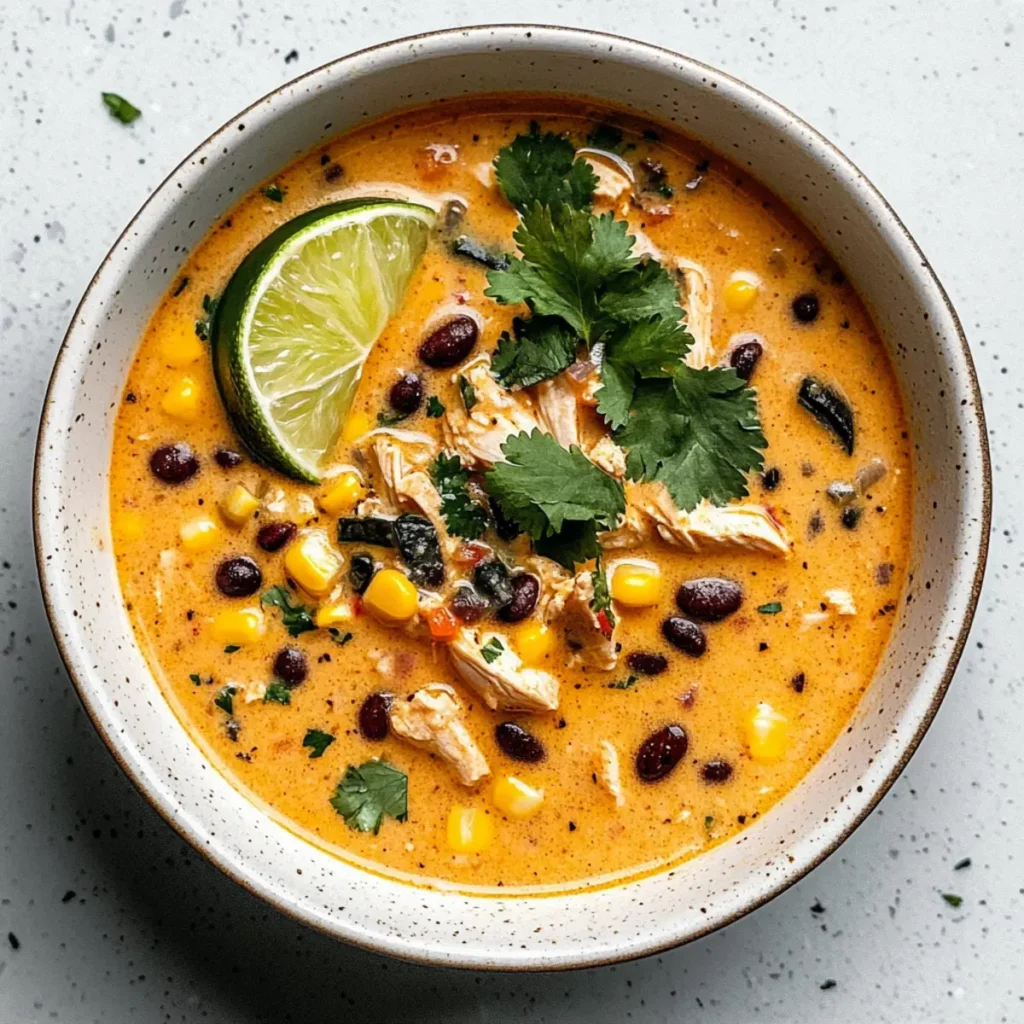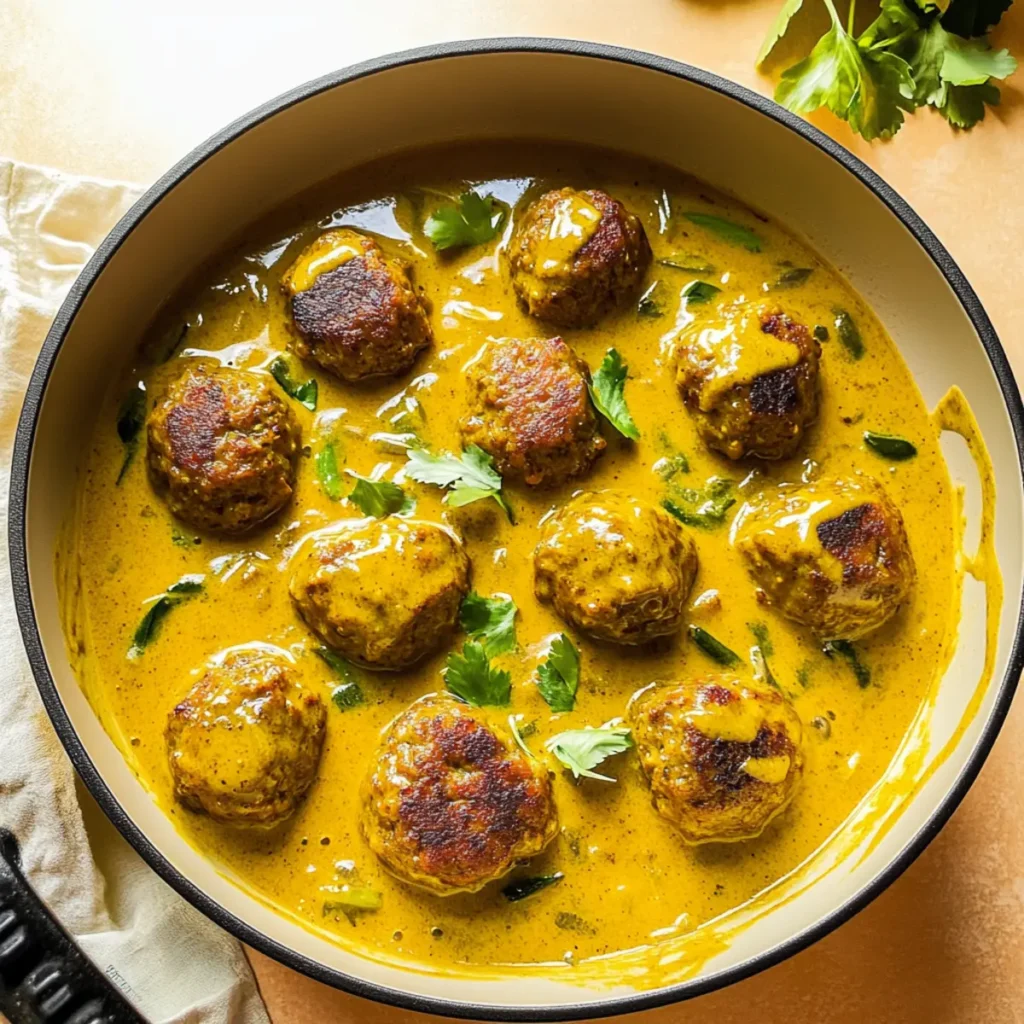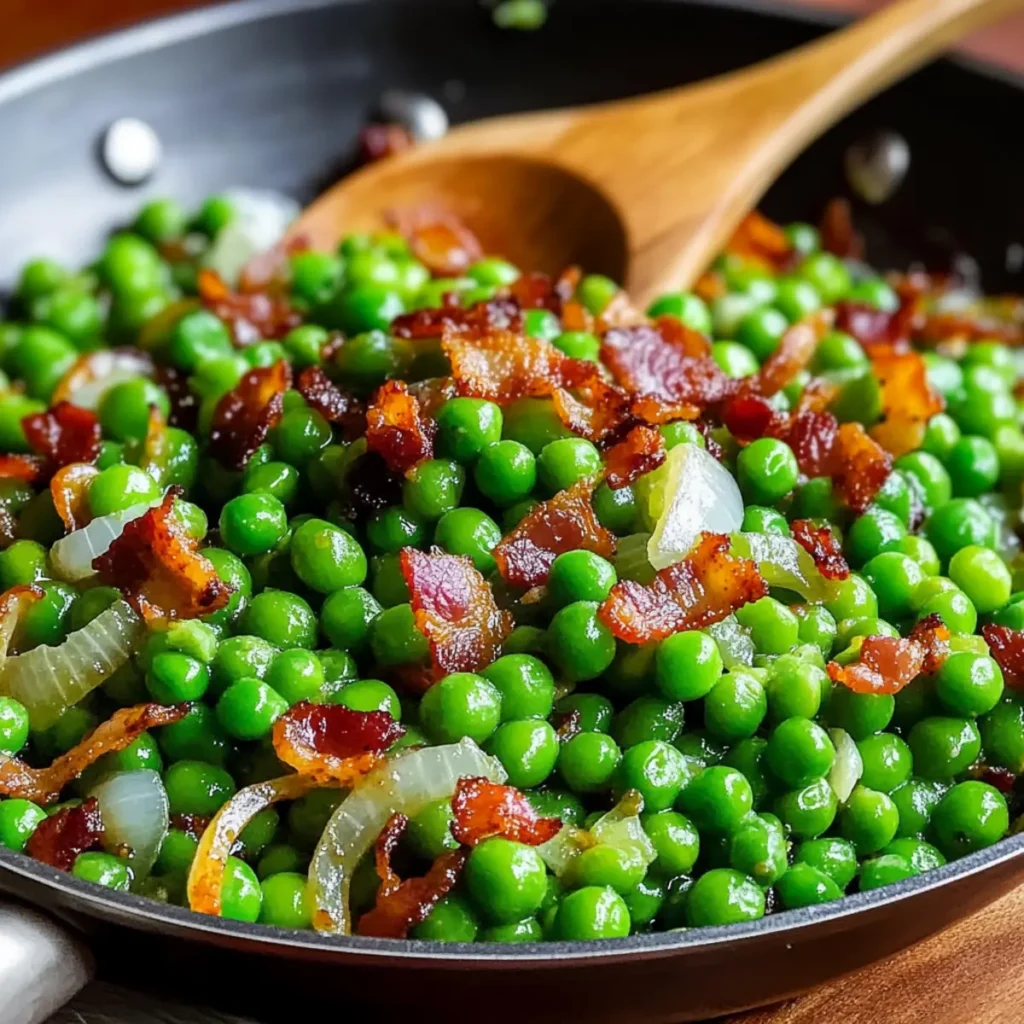Introduction to Salvadoran Quesadilla
Salvadoran Quesadilla, a dish often mistaken for its Mexican namesake, stands out with its unique blend of sweet and savory flavors. This traditional Salvadoran dish, more akin to a cheesecake than a tortilla-based snack, offers a fascinating culinary experience. It’s a testament to the rich and diverse food culture of El Salvador, where each bite tells a story of heritage and flavor.
Historical Background
The roots of Salvadoran Quesadilla go deep into the history of El Salvador, intertwining with the cultural and culinary traditions of the region. This dish is not just food; it’s a piece of Salvadoran history, served on a plate. Understanding its origins enhances the appreciation of its unique taste and cultural significance. Similar to how the Italian Penicillin Soup represents a rich culinary tradition, Salvadoran Quesadilla is a symbol of Salvadoran heritage.
Learn more about this delightful dish at Bon Appétit’s Salvadoran Quesadilla Recipe.
Ingredients and Variations
Ingredients for Salvadoran Quesadilla
The traditional Salvadoran Quesadilla is a sweet, rich cake, quite different from the Mexican quesadilla. Here are the basic ingredients:
- Cheese: The key ingredient is a hard, salty Salvadoran cheese. If unavailable, a combination of feta and mozzarella can be used as a substitute.
- Sugar: Granulated sugar is used to add sweetness to the cake.
- Eggs: Essential for binding the ingredients together and adding richness.
- Flour: All-purpose flour is typically used for the cake’s structure.
- Baking Powder: Helps the cake rise and become fluffy.
- Milk: Whole milk is preferred for its fat content, contributing to the cake’s moistness.
- Sesame Seeds: Often sprinkled on top before baking, adding a subtle nutty flavor.
- Butter: Unsalted butter is used for its richness and to ensure the cake doesn’t become too salty.
Variations of Salvadoran Quesadilla
While the traditional recipe is quite straightforward, there are several variations that you can explore:
- Gluten-Free Version: Substitute all-purpose flour with a gluten-free flour blend to cater to those with gluten sensitivities.
- Varying Cheese Types: Experiment with different types of cheese for varying flavors and textures. Some people use Parmesan or a blend of different cheeses.
- Adding Flavors: Infuse the batter with lemon or orange zest for a citrusy twist. Vanilla extract is also a popular addition for enhanced flavor.
- Vegan Adaptation: Use plant-based milk, vegan cheese, and egg substitutes like flax eggs to make a vegan version of the quesadilla.
- Sweetness Level: Adjust the amount of sugar based on your preference for sweetness. Some versions also use condensed milk for added richness and sweetness.
- Toppings and Fillings: While not traditional, you can add fruit fillings like guava or pineapple for a fruity flavor, or top it with a light glaze or powdered sugar.
While there are regional variations, the essence of the dish remains consistent, offering a taste that is both comforting and exotic. For a deeper dive into the variations, explore the enchanting world of Stuffed Artichoke, another example of culinary diversity.
For a deeper dive into the variations, check out Delicious El Salvador Cookbook.
Preparation Techniques
Preheat the Oven
Begin by preheating your oven to a moderate temperature, typically around 350°F (175°C). This step is crucial for ensuring a consistent baking environment for the quesadilla.
Prepare the Baking Pan
Grease a rectangular baking pan (usually a 9×13 inch pan is suitable) with butter or non-stick cooking spray. Alternatively, you can line it with parchment paper for easier removal of the cake after baking.
Mix Dry Ingredients
In a large bowl, sift together the all-purpose flour and baking powder. Sifting not only removes lumps but also aerates the flour, leading to a lighter cake.
Cream Butter and Sugar
In a separate bowl, cream together the unsalted butter and sugar until the mixture is light and fluffy. This process is essential as it incorporates air into the batter, contributing to the cake’s texture.
Add Eggs
Beat in the eggs one at a time, making sure each is fully incorporated before adding the next. This step is important for achieving a smooth, homogenous mixture.
Incorporate Cheese
Gradually add the grated Salvadoran cheese (or its substitutes) to the mixture. Mix well until the cheese is evenly distributed throughout the batter.
Combine Wet and Dry Ingredients
Alternately add the dry ingredients and milk to the butter mixture, starting and ending with the dry ingredients. This method helps to maintain the structure of the batter, preventing it from becoming too dense.
Final Touches
Once the batter is well-mixed, pour it into the prepared baking pan. Smooth the top with a spatula for even baking.
Bake the Quesadilla
Place the pan in the preheated oven and bake for about 30-35 minutes, or until a toothpick inserted into the center comes out clean. The baking time might vary slightly depending on the oven and the size of the pan.
Add Sesame Seeds
A few minutes before the end of the baking time, you can sprinkle sesame seeds on top of the quesadilla for a traditional touch. This step is optional but adds a nice flavor and texture.
Cooling
Once baked, remove the quesadilla from the oven and let it cool in the pan for a few minutes. Then, transfer it to a wire rack to cool completely. This step is important as it prevents the cake from becoming soggy.
Serving
Cut the Salvadoran quesadilla into squares or rectangles and serve. It can be enjoyed as is or accompanied by coffee or tea.
By following these preparation techniques, you can create a delicious and authentic Salvadoran Quesadilla, a sweet and savory treat that’s perfect for any occasion.
Serving and Pairing Suggestions
Serving the Quesadilla
- Presentation: Salvadoran Quesadilla is traditionally cut into squares or diamond shapes. Serve it on a platter or individual plates.
- Temperature: It can be enjoyed warm or at room temperature, depending on personal preference.
- Portion Size: Given its richness, smaller portions can be satisfying, making it perfect for sharing.
Pairing with Beverages
- Coffee: A classic pairing is with coffee, especially in the morning. The robust flavor of coffee complements the sweet and savory notes of the quesadilla.
- Tea: For tea lovers, a black or herbal tea can be a delightful accompaniment, offering a lighter contrast to the rich quesadilla.
- Hot Chocolate: A cup of hot chocolate, particularly during colder months, pairs wonderfully with the cake, enhancing its comforting qualities.
Accompaniments
- Fresh Fruit: Serve with a side of fresh fruit like berries or sliced mango for a refreshing balance.
- Whipped Cream: A dollop of whipped cream can add a luxurious touch to the quesadilla.
- Ice Cream: For a more indulgent treat, pair it with a scoop of vanilla or cinnamon ice cream.
Occasions for Serving
- Breakfast or Brunch: Salvadoran Quesadilla is often enjoyed as a breakfast cake, but it’s also perfect for brunch gatherings.
- Dessert: It makes an excellent dessert, especially for those who prefer less sweet options.
- Tea Time or Coffee Breaks: It’s ideal for mid-morning or afternoon snacks, paired with your favorite beverage.
Creative Serving Ideas
- Mini Quesadillas: Bake in a mini muffin tin for bite-sized treats, ideal for parties or as appetizers.
- Quesadilla French Toast: For a creative twist, use leftover slices to make French toast, soaking them in an egg mixture and frying until golden.
Dietary Considerations
- Gluten-Free Options: If you’ve made a gluten-free version, pair it with gluten-free beverages or accompaniments.
- Vegan Pairings: For vegan quesadillas, opt for plant-based milk, coffee, or tea, and vegan ice cream or whipped cream.
By considering these serving and pairing suggestions, you can enhance the enjoyment of Salvadoran Quesadilla, making it a versatile dish suitable for various occasions and preferences. Whether as a standalone treat or part of a larger meal, it’s sure to be a delightful experience for your taste buds.
Nutritional Information
Salvadoran Quesadilla, known for its unique blend of sweet and savory flavors, is a rich and indulgent treat. Understanding its nutritional profile can help in incorporating it into a balanced diet. Here’s a general breakdown of the nutritional content for a typical serving:
Key Nutritional Components
- Calories: A standard serving of Salvadoran Quesadilla (approximately one square slice) can contain between 200 to 300 calories. The exact count depends on the size of the slice and the specific ingredients used.
- Carbohydrates: Primarily from flour and sugar, a serving might have around 30-40 grams of carbohydrates.
- Proteins: The cheese and eggs in the recipe contribute to its protein content, which can range from 5 to 10 grams per serving.
- Fats: Salvadoran Quesadilla is relatively high in fat due to ingredients like cheese and butter. A serving could contain 10-15 grams of fat, with a mix of saturated and unsaturated fats.
- Sugar: Given that it’s a sweet cake, it has a considerable amount of sugar, which could be around 15-25 grams per serving.
- Sodium: The cheese, especially if using a salty Salvadoran cheese or its substitutes, contributes to the sodium content, which can be significant.
- Fiber: Being a cake, it’s low in dietary fiber.
Micronutrients
- Calcium: The cheese in the quesadilla is a good source of calcium.
- Vitamins: Eggs and milk provide vitamins such as Vitamin D, A, and B-vitamins.
- Iron: Present in small amounts, contributed by the flour.
Dietary Considerations
- Gluten: Traditional recipes contain gluten, so those with gluten sensitivities should opt for a gluten-free version.
- Dairy: High in dairy, it’s not suitable for lactose-intolerant individuals unless dairy-free substitutes are used.
- Vegan: Standard recipes are not vegan-friendly but can be modified using plant-based ingredients.
Healthier Alternatives
- Reducing Sugar: To lower the calorie and sugar content, reduce the amount of sugar or use sugar substitutes.
- Whole Wheat Flour: For added fiber, use whole wheat flour or a mix of whole wheat and all-purpose flour.
- Low-Fat Dairy: Opt for low-fat milk and cheese to reduce the fat content.
Conclusion
While Salvadoran Quesadilla is a delightful treat, it’s best enjoyed in moderation due to its high calorie, sugar, and fat content. By understanding its nutritional profile and considering healthier alternatives, it can be enjoyed as part of a balanced diet. Always consider individual dietary needs and preferences when preparing and serving this delicious Salvadoran dish.
Comparison with Mexican Quesadilla
The Salvadoran Quesadilla and the Mexican Quesadilla, despite sharing a name, are distinctly different dishes, each with its unique characteristics and cultural significance. Here’s a comparison of the two:
Origin and Cultural Significance
- Salvadoran Quesadilla: This is a traditional Salvadoran cake, often enjoyed as a sweet treat or breakfast item. It reflects the culinary traditions of El Salvador.
- Mexican Quesadilla: A staple in Mexican cuisine, this dish is a savory item made with tortillas and cheese, often served as a snack or a meal.
Ingredients and Preparation
- Salvadoran Quesadilla: Made with a batter that includes cheese (typically a hard, Salvadoran cheese), sugar, eggs, flour, and milk. It’s baked in an oven and resembles a sweet cheese-flavored cake.
- Mexican Quesadilla: Consists of a tortilla (corn or flour) filled with cheese and sometimes other ingredients like meats, vegetables, or spices. It’s cooked on a griddle or stove until the cheese melts and the tortilla becomes crispy.
Flavor Profile
- Salvadoran Quesadilla: Sweet and rich, with a unique blend of savory cheese flavor and the sweetness from sugar. It often has a dense, moist texture.
- Mexican Quesadilla: Savory and cheesy, with the potential for various flavors depending on the fillings used. The texture is typically crispy on the outside with a gooey cheese center.
Serving and Pairing
- Salvadoran Quesadilla: Commonly served as a dessert or a sweet breakfast, often accompanied by coffee or tea.
- Mexican Quesadilla: Usually served as a main dish or a snack, often accompanied by salsa, guacamole, sour cream, or other Mexican condiments.
Nutritional Content
- Salvadoran Quesadilla: Higher in sugar and calories, given its cake-like nature. It’s a rich source of carbohydrates and fats.
- Mexican Quesadilla: The nutritional content varies greatly depending on the fillings but generally contains protein (from the cheese and possibly meat fillings) and carbohydrates (from the tortilla).
Variations
- Salvadoran Quesadilla: Variations might include different types of cheese or the addition of flavors like lemon zest. Gluten-free and vegan versions are also possible.
- Mexican Quesadilla: Extremely versatile, with endless variations based on the type of cheese, additional fillings (meat, vegetables, beans), and type of tortilla used.
Conclusion
While both the Salvadoran and Mexican quesadillas are beloved in their respective cultures, they cater to different tastes and occasions. The Salvadoran version is a sweet, cake-like treat, contrasting with the savory, cheesy nature of the Mexican quesadilla. Understanding these differences highlights the rich culinary diversity found within Latin American cuisine.
FAQs
What is a substitute for El Salvadoran cheese?
El Salvadoran cheese, often used in Salvadoran quesadillas, has a distinct flavor and texture. If you can’t find it, a good substitute is a mix of feta and mozzarella cheeses. Feta brings in the saltiness and crumbly texture, while mozzarella offers the necessary meltiness and mild flavor. Another option is Queso Fresco, a Mexican cheese that shares some characteristics with Salvadoran cheese.
How many calories are in a Salvadoran quesadilla?
The calorie content in a Salvadoran quesadilla can vary based on the recipe and serving size. However, a typical piece of Salvadoran quesadilla, which is more like a sweet cheese pound cake than a traditional Mexican quesadilla, contains approximately 200-300 calories. This estimate can change with the addition of ingredients like sugar, cheese, and butter.
What is a quesadilla in English?
In English, a “quesadilla” refers to a Mexican dish consisting of a tortilla, typically a corn or flour tortilla, filled with cheese and sometimes other ingredients like meats, spices, or vegetables. The tortilla is then folded in half and cooked until the cheese melts and the tortilla becomes crispy. It’s important to note that the Salvadoran quesadilla is quite different; it’s a sweet cheese-flavored cake.
Which tortillas are best for quesadillas?
For traditional Mexican quesadillas, both corn and flour tortillas can be used, and the choice often comes down to personal preference. Flour tortillas are typically softer and more pliable, making them ideal for larger, cheese-filled quesadillas. They brown nicely and have a neutral flavor that pairs well with a variety of fillings. Corn tortillas, on the other hand, offer a distinct flavor and are perfect for smaller, snack-sized quesadillas. They’re a great gluten-free option and provide a nice texture contrast when crisped up.
Remember, the choice of tortilla can affect the texture and flavor of your quesadilla, so feel free to experiment to find your favorite!
Conclusion
In conclusion, the Salvadoran Quesadilla is more than just a dish; it’s a cultural emblem that represents the rich culinary heritage of El Salvador. Its unique blend of flavors and textures makes it a must-try for anyone interested in exploring global cuisines. Whether you’re a seasoned chef or a curious foodie, the journey of making and enjoying a Salvadoran Quesadilla is sure to be a rewarding experience.






